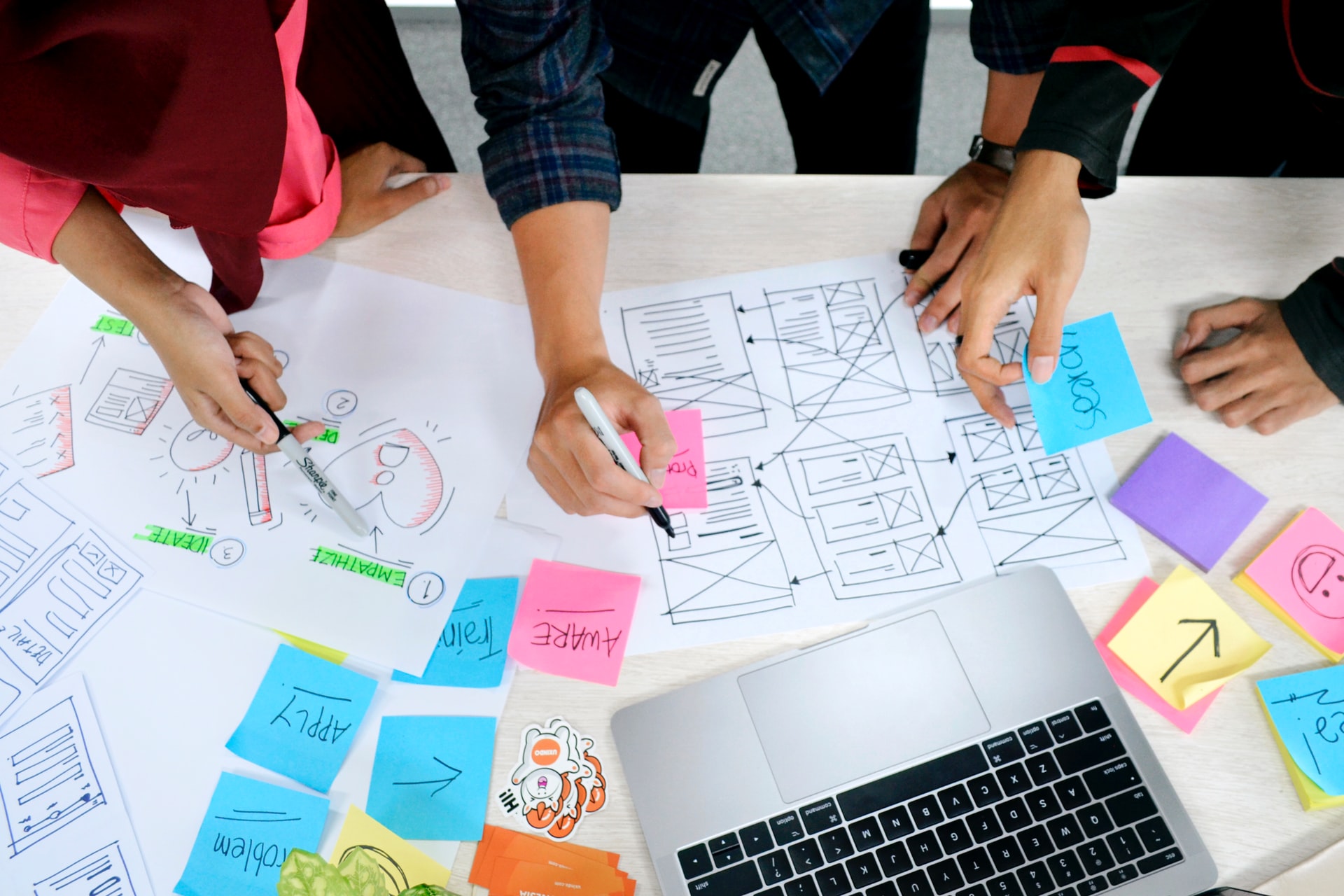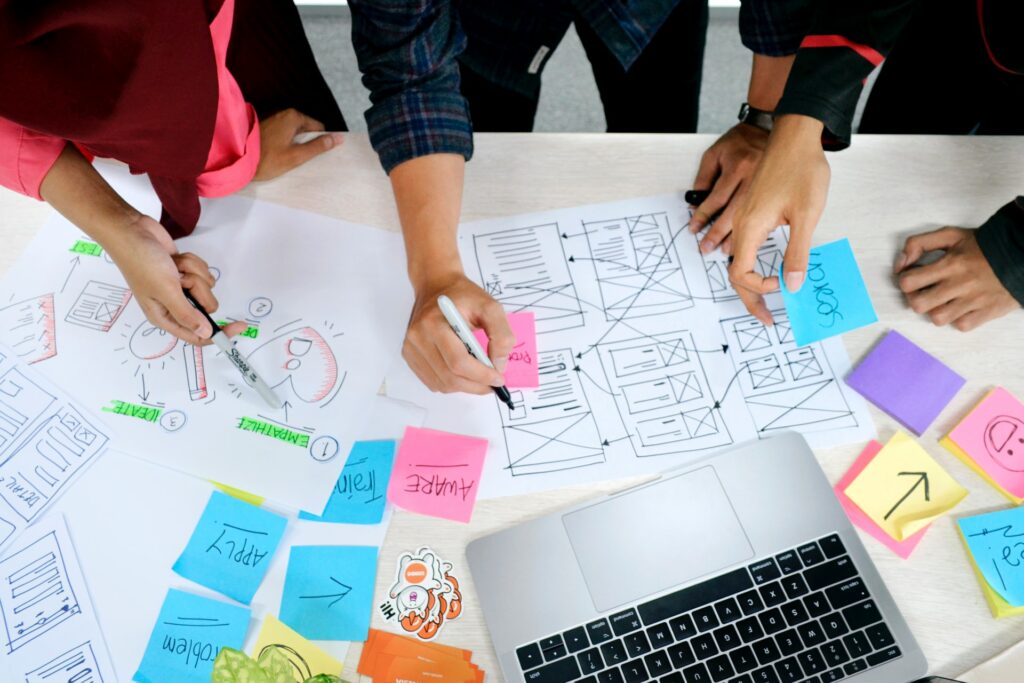If you’ve heard someone from the design industry talk about web design, you’ve probably heard of them talking about UI or UX at one point or another. The debate between UI vs UX design comes from the unfamiliarity with the two concepts. While both are integral parts of web design, industry outsiders don’t really know the difference between UI and UX.
A top website design company in Hong Kong would tell you no good website would miss scrimp on UI or UX design. After all, both contribute to the visual and functional aspect of your website. Focusing on just one would create a website that doesn’t satisfy users fully.
Despite the many analogies that professionals use to distinguish the two, UI and UX can be quite difficult to fully understand for those who don’t work with it on a daily basis. This article dissects the UI vs UX debate and gets down to the basics of both concepts to help you understand why both are incredibly important for your website.
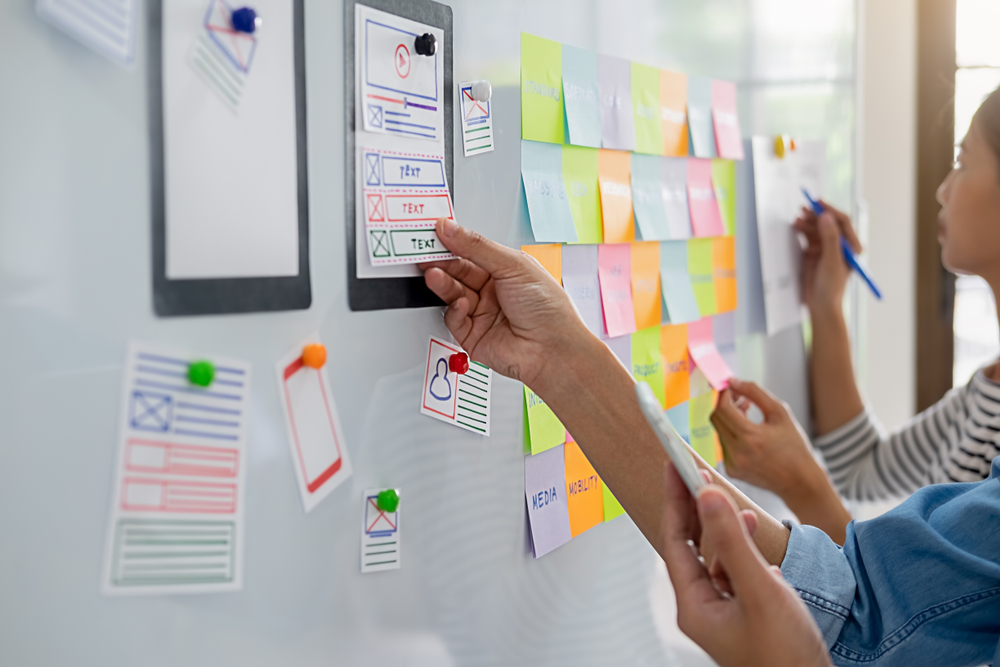
UX vs UI Design: What’s the Big Difference?
If you’re new or unfamiliar with web design, then UX and UI might be entirely new concepts to you. Both UX and UI are essential to create a well-designed website that your users enjoy–which, as any top digital marketing agency in Hong Kong would tell you, can greatly impact your online presence. The fact is that these two concepts are so entwined together that some people even use them interchangeably.
Before we even go deeper into differentiating the two, it is important to note that UX and UI design aren’t just exclusive to web design. Almost every product uses these concepts in their conceptualization process to ensure that they have a product that users will love. However, for the purposes of this article, we keep the discussion on UX vs UI confined to web design only.
But what is the key difference between UI and UX design? Let’s break it down in the following sections.
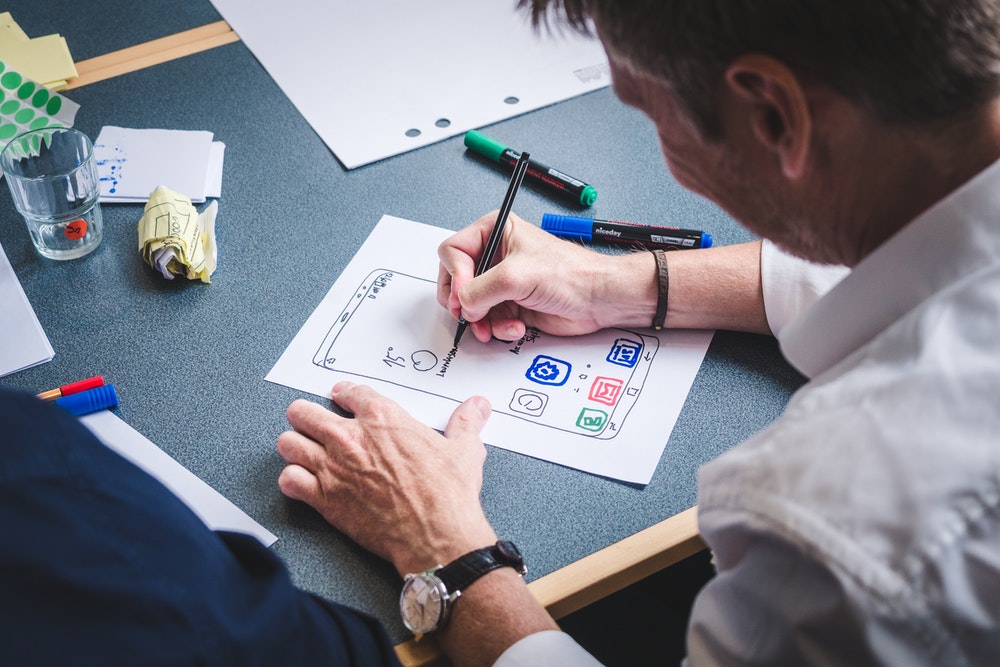
UI Design
UI stands for User Interface–which, if explained in simplest terms, corresponds to the visual or aesthetic aspect of a product. This includes everything a user sees on their screen, such as buttons, typography, or texts. A website with good User Interface design lets users navigate and interact with a website easily and hassle-free.
UI design initially became relevant to computers back in the 80s, when Apple released the Macintosh personal computer. While computers were originally used with pure code, the Macintosh personal computer was meant to be used at homes and by individuals who weren’t as computer-savvy as computer engineers back then. This prompted the company to create computers with the users in mind.
Today, UI plays a huge role in the usability of technology. In the context of web design, UI design makes navigation and functionality easier for most users. It also ensures that a website remains optimised for different screen sizes and devices. UI designers often oversee the design research, branding and graphic development of the website, and design systems in play. These all contribute to ensuring that a website is interactive and responsive.
More than the visual aspect, UI designers have to ensure the following:
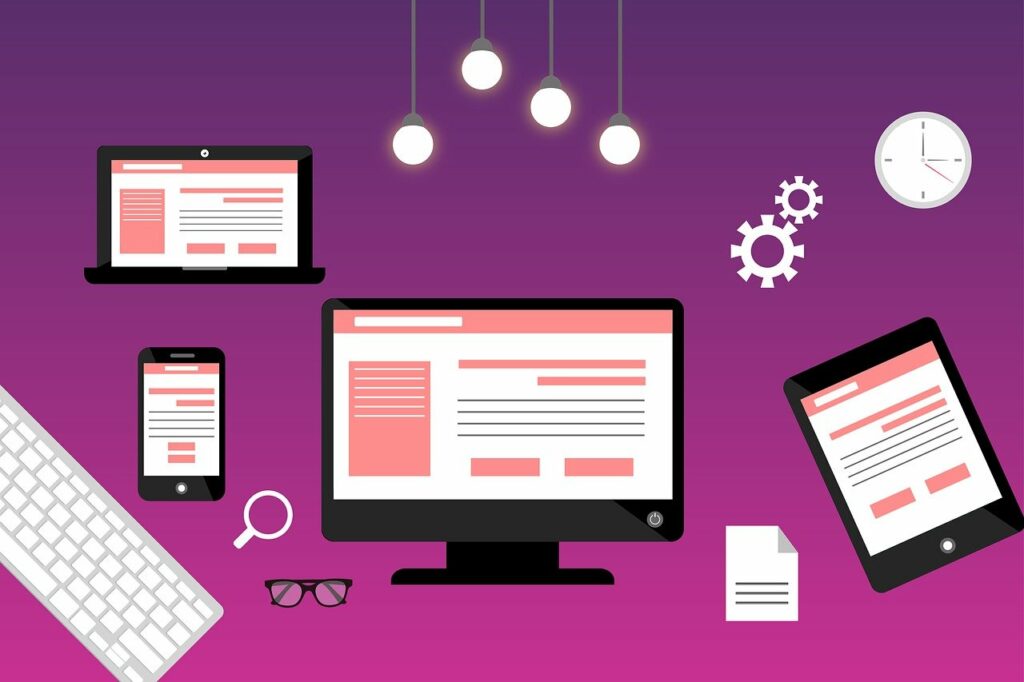
- Responsive design: Today, a website isn’t just viewed on your laptop or computers anymore. UI designers ensure that a website is optimised for various devices, including tablets and smartphones, to ensure that it is accessible for a large number of users.
- Interactivity and animation: A boring website won’t drive in traffic, leads, or conversions! That’s why UI designers find ways to encourage interaction and engagement in the website through clever design elements such as animations, without impeding the functionality of the website.
- Prototyping: To be able to see how users will respond to your website, UI designers often employ UI prototypes to see which parts of the design will work. A UI prototype lets the design team experience how the website is initially envisioned by the designers.
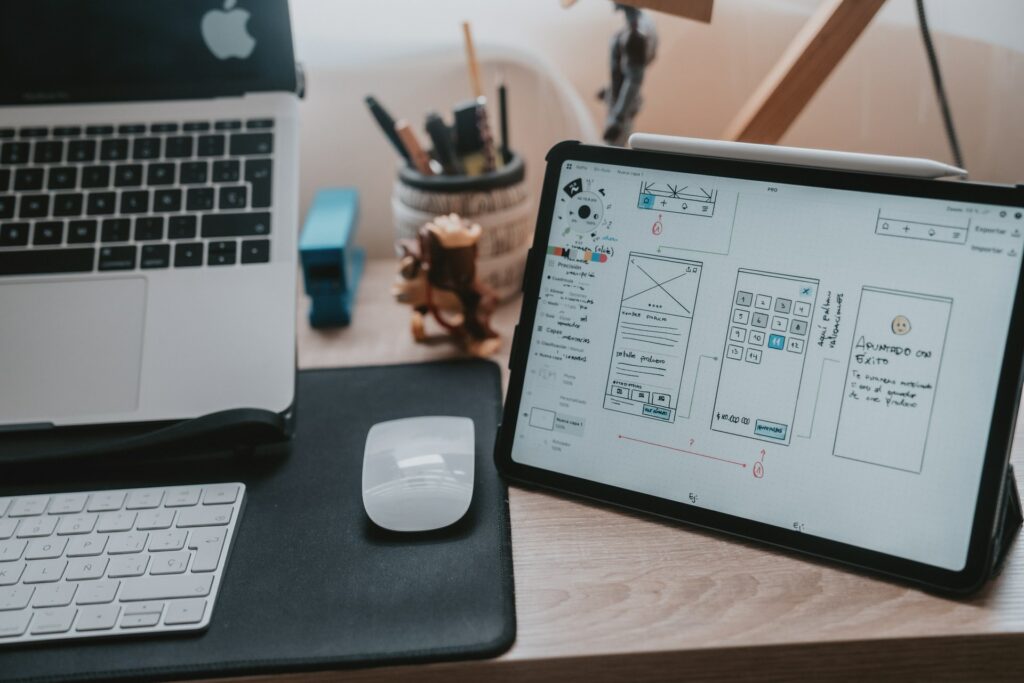
UX Design
On the other end of the design equation, we go to UX design.
UX refers to User Experience and is a very important aspect of web design. User experience refers to the overall journey of users when interacting with the website. Because of the broadness of what “experience” could encompass, there really isn’t a clear cut definition of the concept–which may cause some confusion as to what UX design is.
The best way to describe UX design, however, is in conjunction with UI design. While UI was made with the users in mind, UX was developed with the evolution of UI. As users get more and more additions to what they can interact with on a website, users also have more expectations that need to be met.
When we talk about UI vs UX, the key difference lies in the interaction between users. While User Interface encompasses the functionality and visuals of a website, UX design concerns itself with the overall user-friendliness of the website. This goes beyond how easy to navigate a website is, but rather how users actually feel and even enjoy the website!
UX designers are generally in charge of the following aspects:
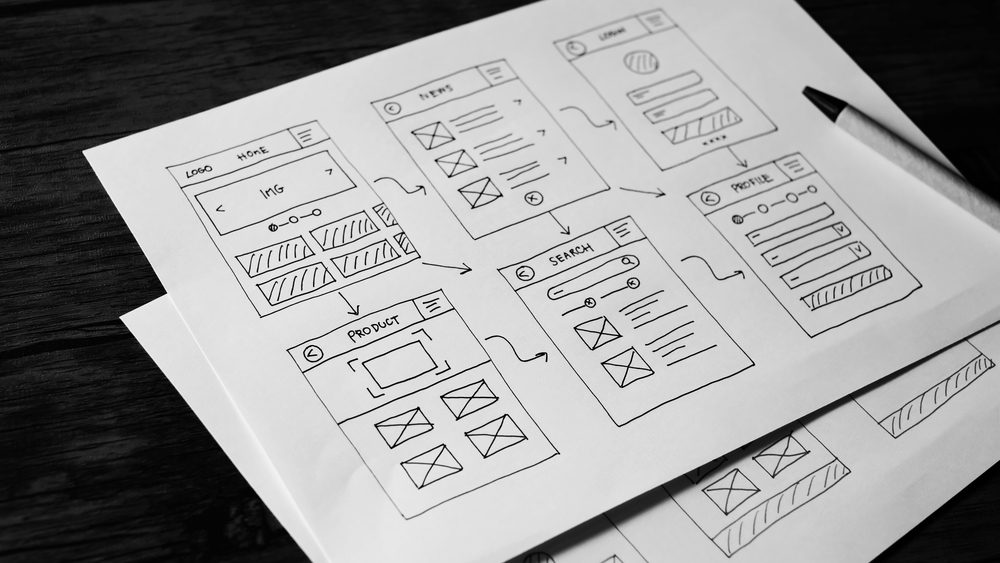
- User Flow Creation: As UX design concerns itself with user experience, a UX designer makes sure that they are able to pinpoint their users’ needs. In turn, a UX designer will devise a flow that allows users to accomplish their goals and desires.
- Wireframing: UX designers devise how a website will work with a functional wireframe. A detailed wireframe provides the basics on how a website will function.
- Testing: Of course, the best way to know how well a UX design works is by seeing how actual users respond to it. In this way, UX designers are in charge of conducting tests and gathering data and feedback based on the current design.
- Analysis: UX designers often work with other teams, including product managers and researchers, to figure out how to proceed next. To do so, they analyse the data they gathered from their tests and apply their findings to the next steps.
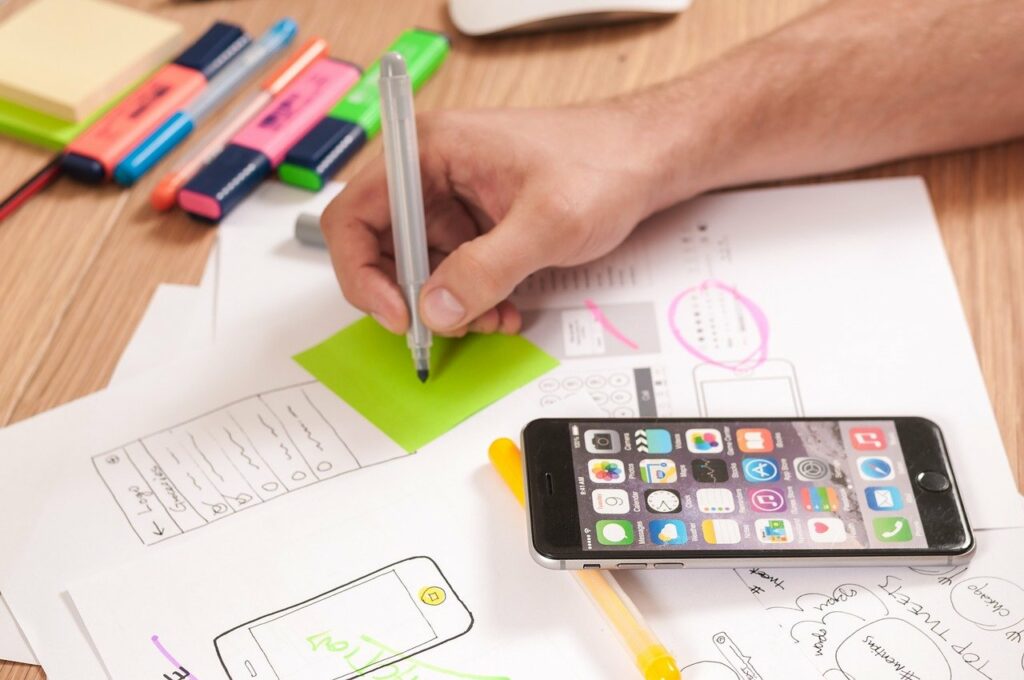
User Interface vs User Experience: Which is More Important?
The great debate between UX vs UI design may not really have a definitive answer. Since both aspects are equally important, there will always be some sort of correlation between the two. In truth, it will be pretty hard to design a website that completely disregards one over the other.
It’s also important to keep in mind that when web designers give a website design price for a project, more often than not, UI and UX are included. This shows just how fundamental both aspects are when it comes to web development.
On the topic of user interface vs user experience, it’s also important to note just how connected each other is. If you happen to have a website that has a faulty design from a technical point of view, it is very likely that users won’t enjoy visiting it. Faulty links, problematic content, and other unpleasant aspects of your website won’t encourage them to visit either, even if you have a seamless and visually pleasant website.

Level Up Your Website with UI/UX Design
Your website is your greatest asset and weapon in an online set up. It serves as a salesperson, hub, and information center for your users. With a well-designed website, you can drive traffic, increase brand awareness, and get more conversions.
A powerful tool like this hinges on being able to satisfy your users–and that’s where UI and UX come in. Together, both UI and UX design seamlessly integrate your brand message and goal into the website and ensure that your users have an easy time getting exactly what they want and need.
Maximise your website and take it up a notch with Truelogic Hong Kong’s talented web designers and see just how UI/UX design can boost your business.

